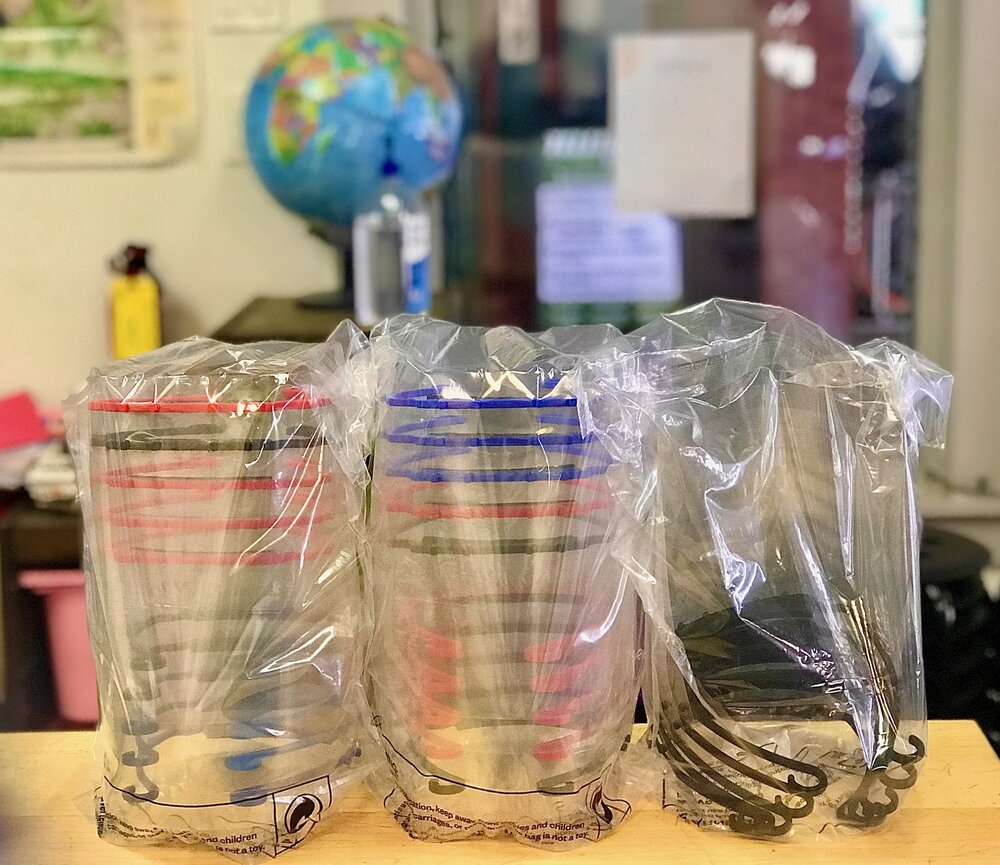
03 Apr Telluride Med Center: Pinhead Launches Protective Gear Project for Health Workers!
Telluride’s Pinhead Institute has turned its 3D printers towards COVID-19 response efforts and on Wednesday, April 1, delivered 45 prototype face shields to the Telluride Regional Medical Center and 40 others to the San Miguel County’s C-19 antibody test site.
Go here to hear Patrick Eells talk about the venture.

“We are using 3D printers and laser cutters to make face shields which are a top priority for health care workers dealing with the coronavirus,” Patrick Eells, Pinhead Institute, Program Instructor.
After delivering the initial batch, staff at the medical center provided feedback to improve the design. “The next set will fit better, have more airflow so they don’t fog up, and also use a stiffer, more transparent shield,” said Eells.
According to Eells, he and the Pinhead team can make 50 face shields a week once they get production streamlined.
This contribution to the COVID-19 response effort has already proven vital.
“We are unable to get this part of our PPE (personal protective equipment) any other way. They made us some for our phlebotomists, and now they are making them for our staff,” said Dr. Diana Koelliker, Medical Center director of trauma and emergency services.
“It’s a super amazing contribution to our effort!” said Koelliker.
The idea to make face shields was born in a Pinhead staff group chat.
“Sarah (Pinhead Executive Director Sarah Holbrooke) shared an Instagram post of another effort to make protective gear for hospitals. I started Googling to learn more and found a whole community of people working on this around the world. I adapted designs from teams in Sweden and the Czech Republic to work on the machines we have, and then started to figure out how to source materials to ramp up production,” said Eells.
“I am so happy to have a team of educated — and available — staffers who can figure out best practices and make sure what we produce is usable and helpful. And I’m also glad our first responders and med center staff immediately warmed to the idea,” said Holbrooke. “With our traditional youth science programs cancelled, this is just a different and potentially lifesaving way for us to use our mission of science education for this community.”
The Pinhead effort has also included community input.
“I posted on Facebook about the project and received some valuable feedback as well as donations of transparency paper to use for the shields from the elementary school,” said Eells.
“I bought our first 3D printer over six years ago, knowing the technology would be interesting, but never dreamed how useful it would turn out to be,” said Holbrooke.


Sorry, the comment form is closed at this time.